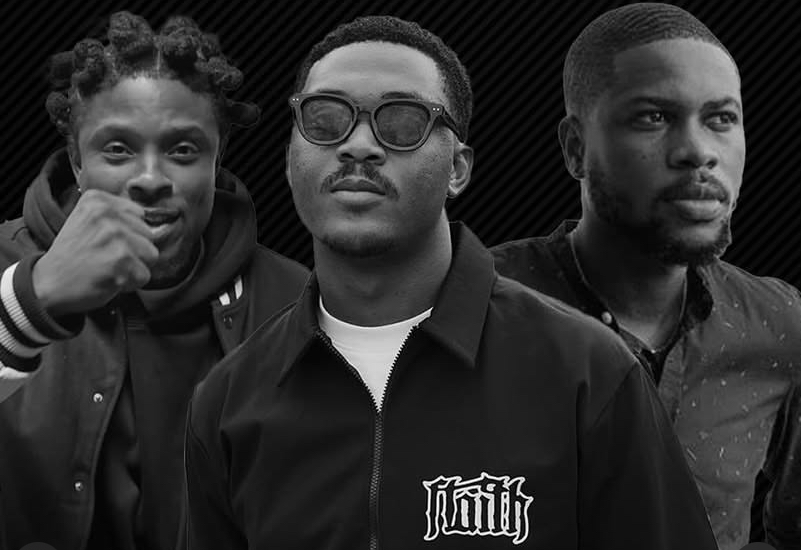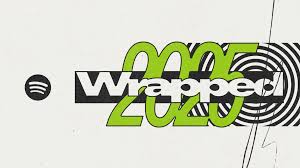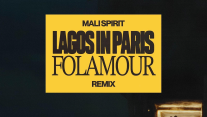Anyone who knows anything about the music industry has heard of the Artist & Repertoire (A&R) executives. We know, vaguely, that they have a hand in talent scouting and are somewhat involved in linking the artist’s creative process to commercial output. Still, their exact job description has always been somewhat mysterious. To pull back the curtain on just how A&Rs work, we spoke to three of the sharpest ears in the business: Tochi (WTS Label); 10Ten (Chocolate City); and Kevin Asaju (Wuta Entertainment).
What do A&Rs do, in simple terms?
Tochi: A&Rs are talent scouts. They discover new artists, help develop their sound, and connect them with the right creatives to work with. They are also career guides, who basically shape the music & brand and make sure it connects with an audience.
10Ten: A&R’s are talent scouts. They also develop talents, and help artists curate projects.
Kevin: A&Rs are like the bridge between artists and the label or the industry at large. They scout talent, help develop the artist’s sound, connect them with the right producers, writers, and opportunities, and help shape the direction of their career. In simple terms, we spot potential and help turn it into something real and impactful.
What advice would you give to unsigned artists trying to get the attention of an A&R today?
Tochi:: Build your audience brick by brick. Unfortunately, most of us look for artists who already have some form of motion. Also, don’t be afraid to network.
10Ten: I advise an unsigned artist to build capacity. A&R’s look for talent but the music business looks for bankable artists. To be bankable means that there’s demand for your music or brand.
Kevin: There’s nothing an A&R loves more than motion. Get your art right, be undeniable, build a story around your art, and use your social platforms wisely. Consistency is key and we love motion, so once we see you consistently, you’ll register. We’re paying attention even when you think no one is watching. Also, don’t just chase virality, chase connection. That’s what sticks.
How do you balance gut instinct with analytics when making decisions?
Tochi: Data should support instinct. Sometimes, a song may not have big numbers but something about the artist feels real or unique, that’s instinct.
10Ten: Start with your gut — it’s your compass for spotting raw talent and originality. Then use data to validate your instinct by checking for consistency, audience engagement, and growth; the best signings live where feelings and facts meet.
Kevin: I lead with instinct but support it with data. My gut usually tells me something’s special, but the numbers help me understand timing, audience behavior, and market readiness.
Analytics don’t replace taste, they enhance it. If something moves me and the audience is responding, that’s the sweet spot.
In an age where artists can go viral overnight, how do you determine who has long-term potential?
Tochi: Longevity comes from storytelling, community, and the ability to evolve; not one viral hit. These are some of the things you look out for or at least try to fix when you get the opportunity as an A&R.
10Ten: I think the level of talent and consistency determines it.
Kevin: Virality is exciting, but I’m more interested in what comes after. We have a lot of fast-food music at the moment, but I want a full course meal. I look at how an artist handles momentum, can they follow up? Is there depth to the music? Do they have a clear vision and work ethic? Talent is the entry point, but character, consistency, and the ability to evolve, that’s what makes someone last.




